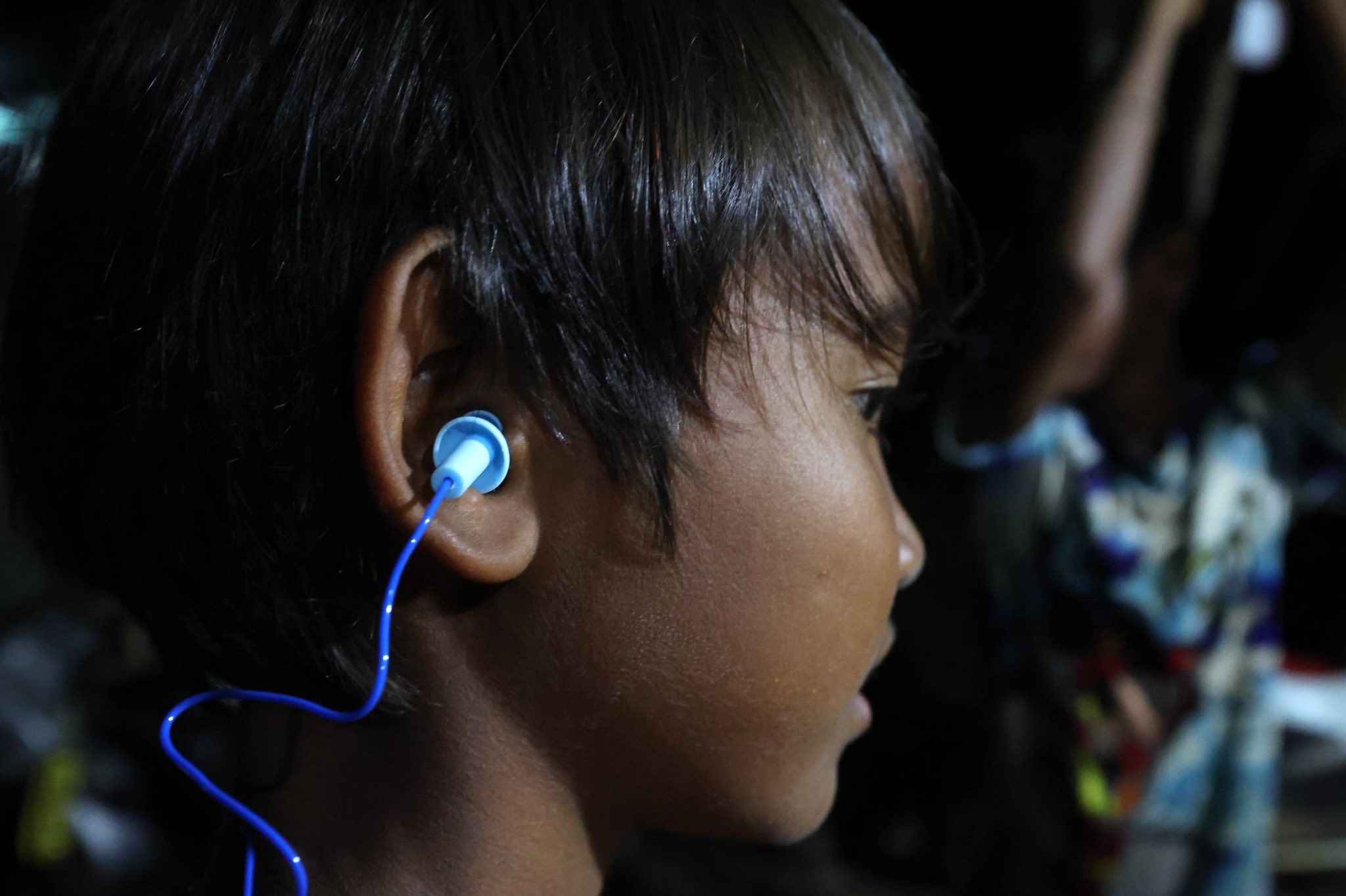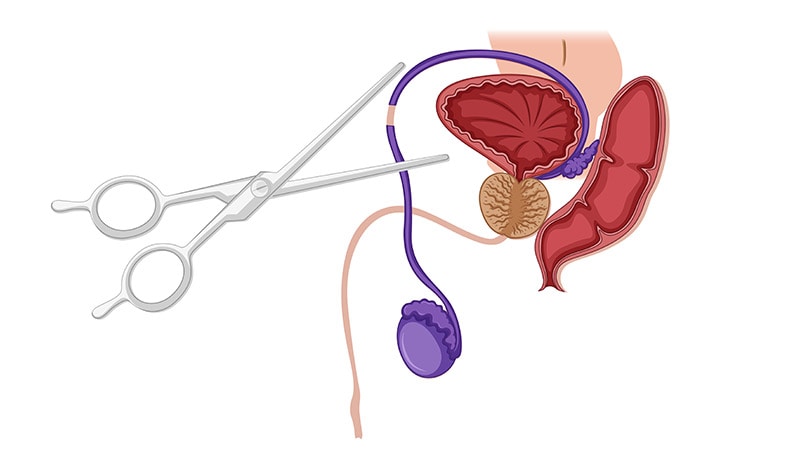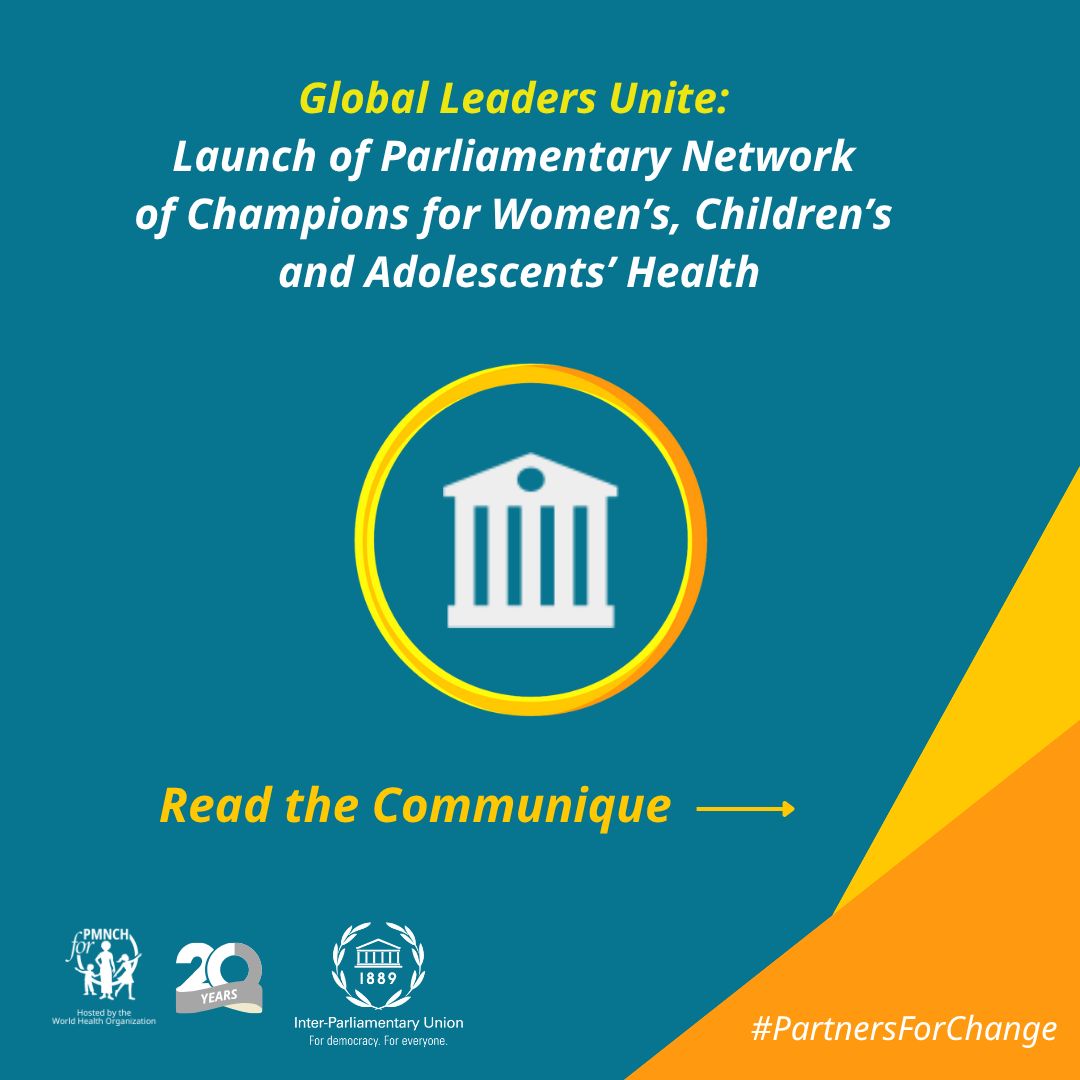Report on Psycho-Acoustic Harassment on the Cambodia-Thailand Border and its Implications for Sustainable Development Goals
1.0 Executive Summary
This report details a series of incidents involving the broadcasting of disturbing sounds across the Cambodia-Thailand border, targeting Cambodian villagers in Banteay Meanchey province. The actions, carried out by a Thai social media influencer, have caused significant psychological distress, directly undermining several United Nations Sustainable Development Goals (SDGs). This analysis focuses on the severe impacts on SDG 3 (Good Health and Well-being), SDG 16 (Peace, Justice and Strong Institutions), and related goals, highlighting the urgent need for mental health intervention and diplomatic resolution.
2.0 Incident Overview
Over four consecutive nights, a Thai national, Guntouch Pongpaiboonwet, utilized high-powered speakers mounted on vehicles to broadcast unsettling, ghost-like sounds toward Prey Chan village. The operation occurred at irregular, late-night intervals, causing widespread fear and sleep deprivation among residents.
- Location: Prey Chan village, O’ Bei Choan commune, Banteay Meanchey province, Cambodia.
- Nature of Incident: Deliberate acoustic harassment using disturbing sounds.
- Perpetrator: Thai social media figure Guntouch Pongpaiboonwet, allegedly with permission from Thai military personnel.
- Impacted Group: Cambodian civilians, including a significant population of children.
3.0 Detrimental Impacts on Good Health and Well-being (SDG 3)
The incident represents a direct assault on the well-being of the affected community, contravening the core principles of SDG 3, which aims to ensure healthy lives and promote well-being for all at all ages. The psychological and physiological consequences are severe, particularly for vulnerable groups.
3.1 Violation of SDG Target 3.4: Mental Health
The primary impact has been on the mental and emotional health of the villagers. Experts have warned of lasting psychological harm, which directly conflicts with the global objective to promote mental health and well-being.
- Psychological Trauma: The terrifying nature of the sounds has induced fear and anxiety, with experts warning of a high risk for Post-Traumatic Stress Disorder (PTSD) if left unaddressed.
- Sleep Deprivation: The nightly disturbances have disrupted sleep, a critical component of physical and mental health. This can lead to hypertension, learning difficulties, and anxiety disorders.
- Child Development: Children are exceptionally vulnerable. Exposure to such events can impair emotional and sensory development, in addition to causing potential permanent hearing damage. This violates the fundamental right of children to a safe and nurturing environment.
4.0 Undermining Peace, Justice, and Strong Institutions (SDG 16)
The act of cross-border harassment fundamentally undermines SDG 16, which seeks to promote peaceful and inclusive societies, provide access to justice, and build effective institutions.
4.1 Threat to Peace and Security
The incident escalates border tensions and erodes trust between communities, acting as a direct threat to peace and security (SDG Target 16.1).
- Violation of Human Rights: Legal experts affirm that the sound attacks violate the fundamental human right to live peacefully and free from intimidation, a cornerstone of just societies.
- Erosion of Institutional Trust: The alleged involvement of state military personnel suggests a failure of institutional accountability, contradicting SDG Target 16.6, which calls for effective, accountable, and transparent institutions.
- International Relations: Such actions damage diplomatic relations and Thailand’s international standing, sending a negative signal regarding its commitment to peaceful coexistence.
5.0 Broader Implications for Sustainable Development
The consequences of this incident extend to other interconnected SDGs.
- SDG 11 (Sustainable Cities and Communities): The harassment renders the community unsafe and compromises the resilience of the human settlement, forcing residents to live in a state of constant fear.
- SDG 4 (Quality Education): The resulting stress, anxiety, and sleep deprivation in children can lead to significant learning difficulties, jeopardizing their educational outcomes.
6.0 Diplomatic Response and Path Forward
In response, Cambodian authorities have initiated actions aligned with seeking justice and restoring peace, as championed by SDG 16.
- The Cambodian Human Rights Committee (CHRC) has appealed to the United Nations, seeking international pressure to address these “inhumane” tactics.
- There is an impending peace accord, expected to be signed during the ASEAN Summit, which aims to rebuild trust and ensure lasting stability, directly contributing to the objectives of SDG 16.
- Prime Minister Hun Manet has affirmed that Cambodia’s territorial integrity is non-negotiable, emphasizing that the goal is mutual respect and the protection of civilians.
Experts have urgently called for the deployment of trained counselors to the affected villages to provide psychological support, a critical step toward mitigating the damage to SDG 3 and helping the community recover.
Analysis of Sustainable Development Goals in the Article
1. Which SDGs are addressed or connected to the issues highlighted in the article?
- SDG 3: Good Health and Well-being
- SDG 16: Peace, Justice and Strong Institutions
- SDG 11: Sustainable Cities and Communities
2. What specific targets under those SDGs can be identified based on the article’s content?
SDG 3: Good Health and Well-being
- Target 3.4: By 2030, reduce by one third premature mortality from non-communicable diseases through prevention and treatment and promote mental health and well-being.
- The article extensively discusses the “deep psychological scars” and the need for “mental health support” for villagers. A psychologist warns of “lasting emotional harm,” sleep disruption, anxiety disorders, and Post-Traumatic Stress Disorder (PTSD), directly addressing the promotion of mental health and well-being.
SDG 16: Peace, Justice and Strong Institutions
- Target 16.1: Significantly reduce all forms of violence and related death rates everywhere.
- The sound attacks are described as “inhumane and escalating tactics” and a form of intimidation that violates the right to live peacefully. While not directly lethal, this psychological harassment constitutes a form of violence that the target aims to reduce.
- Target 16.3: Promote the rule of law at the national and international levels and ensure equal access to justice for all.
- The article mentions the Cambodian Human Rights Committee (CHRC) submitting an “appeal to the United Nations” and a legal expert stating that “Cambodia has the right to file a formal complaint.” These actions represent efforts to use legal and international mechanisms to seek justice for the affected villagers.
SDG 11: Sustainable Cities and Communities
- Target 11.7: By 2030, provide universal access to safe, inclusive and accessible, green and public spaces, in particular for women and children, older persons and persons with disabilities.
- The article highlights the violation of a safe living environment. The nightly ordeal, fear, and unpredictability mean the villagers, especially children, lack a sense of safety in their own homes and community. The farmer Thong Kimleang states, “I just know I can’t relax,” which underscores the loss of a safe and peaceful settlement.
3. Are there any indicators mentioned or implied in the article that can be used to measure progress towards the identified targets?
SDG 3: Good Health and Well-being
- Implied Indicator for Target 3.4: Prevalence of mental health disorders (anxiety, PTSD) and sleep disruption among the affected population.
- The psychologist’s warning that long-term stress can lead to PTSD and anxiety disorders implies that the incidence of these conditions in the village would be a key measure of the problem’s severity and the success of any intervention. The villagers’ reports of being unable to sleep and feeling terrified are qualitative data points for this indicator.
SDG 16: Peace, Justice and Strong Institutions
- Implied Indicator for Target 16.1: Number of people subjected to psychological violence and intimidation.
- The article describes how the entire community of Prey Chan village was affected, with villagers organizing “night watches” and comforting their children. The number of adults and children exposed to the “ghostly noises” serves as a direct measure of the population affected by this form of violence.
- Implied Indicator for Target 16.3: Number of legal or diplomatic complaints filed with national or international bodies.
- The article explicitly mentions the “appeal to the United Nations” submitted by the CHRC. This action itself is an indicator of an institution seeking justice through international channels. The progress and outcome of this appeal would measure the effectiveness of such mechanisms.
SDG 11: Sustainable Cities and Communities
- Implied Indicator for Target 11.7: Proportion of the population reporting feeling unsafe in their community.
- The descriptions of villagers being “terrifying,” jumping awake, and being unable to relax indicate a profound lack of safety. A survey measuring the residents’ perception of safety in their homes and village, especially at night, would be a direct way to quantify this impact.
4. SDGs, Targets and Indicators Table
| SDGs | Targets | Indicators |
|---|---|---|
| SDG 3: Good Health and Well-being | 3.4 Promote mental health and well-being. | Prevalence of mental health disorders (e.g., anxiety, PTSD) and sleep disruption in the affected population. |
| SDG 16: Peace, Justice and Strong Institutions | 16.1 Significantly reduce all forms of violence. | Number of people subjected to psychological violence and intimidation. |
| 16.3 Promote the rule of law and ensure equal access to justice. | Number of legal or diplomatic complaints filed (e.g., appeal to the UN). | |
| SDG 11: Sustainable Cities and Communities | 11.7 Provide universal access to safe and inclusive public spaces. | Proportion of the population reporting feeling unsafe in their community. |
Source: cambodianess.com







